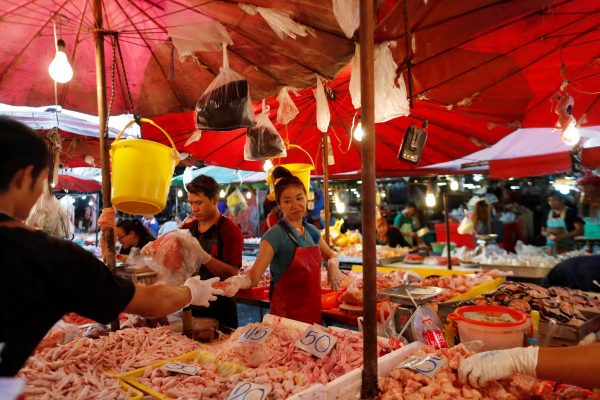Significant ambiguity surrounds the concept of ‘safe’ migration. Without a clear understanding of the term, scholars and practitioners are using the term loosely. Safe migration is open to subjective interpretation and its meaning differs across actors. If we neglect to examine what safe migration means in a given context, contradictions will compromise efforts to protect and promote the rights of migrant workers.
So, what is safe migration? The most accurate answer is that it depends. The more helpful answer is that the meaning of safe migration is derived from how individual communities present and use the term. While basic aspects of safety such as the preservation of life are clear and undisputed, other associations often depend on how local actors define the concept. In the context of Southeast Asia, the ASEAN Safe Migration Campaign offers a window into understanding how safe migration relates to the region’s seven million migrant workers.
Apart from a launch event, the campaign created an official YouTube video to spread its message. The video was translated into various Southeast Asian languages including Burmese, Indonesian, Khmer, Lao, Thai and Vietnamese. These translations seek to increase the Campaign’s accessibility to non-English speaking groups.
Unpacking the ASEAN Safe Migration Campaign video reveals the coupling of two distinct concepts: safe migration and regular migration. The video emphasises that ‘migration through regular channels is a safer choice’, relating this to how ‘migrants often lack information on safe migration and the dangers of irregular migration’. Instead of painting a clear picture of what safe migration is, the campaign video defines it by exclusion: safe migration is regular migration and opposed to irregular migration. Simply put, regular is safe.
Coupling safe and regular migration is problematic because regular migration refers to the perceived legal standing of migrants rather than the risks incurred. If the ASEAN Safe Migration Campaign aims to promote safe migration by promoting regular migration, the precondition that regular migration is safe must first be met.
Yet migrant workers who do everything correctly by the book can still be exploited, and those who are bear the dual burden of process and exploitation costs. This is neither fair nor reasonable. If vulnerability and risk are features of both paths, migrant workers may well perceive irregular migration — with its lower near-term costs — as a viable and more attractive option.
Faced with the choice of regular and irregular migration, the issue at hand is one of product differentiation. Risk of exploitation exists across both paths, as shown by recent and past coverage in the region. If so, public awareness campaigns suggesting that regular migration is safer than irregular migration may not lead migrants to choose the regular path. If migrant workers have no assurances or guarantees, the higher bureaucratic and financial costs of regular migration may not justify the uncertain safety dividend that they receive.
Migrant workers can certainly be encouraged to choose regular migration. Yet it is unlikely that migrant workers do not already know that regular channels are safer than irregular ones. All the same, without clear assurances and a track record of success, migrant workers may be neither willing nor eager to bear the higher upfront costs of choosing regular channels. The persistence of irregular migration may reflect the choices of migrants forced to transact in probabilities.
Efforts through ASEAN’s Safe Migration Campaign to promote regular channels as a safer process is merely low hanging fruit. As migrants and other stakeholders rally around the Campaign’s call to ‘work together to make safe migration a path everyone can take in ASEAN’, the bigger challenge is ensuring that such a path even exists. To this end, the Campaign can be leveraged for coalition-building efforts between governments, employers, recruitment agencies, non-profits and migrants themselves.
An early step for such a coalition must be conducting a frank risk-assessment of the regular migration process. After points of high-risk are identified, a two-pronged solution comprising corrective action and safety guarantees will help ensure regular migration is safe.
Some may argue that it is unhelpful to get caught up in semantics. But paying attention to language ensures that we are achieving our intended outcomes. Appealing to the concept of safe migration will neither promote nor protect the rights of Southeast Asia’s migrant workers unless we carefully examine what the concept means and how it is being presented. The link between regular migration and safe migration can only be secured through effort and not mere assertion.
Tommy KS Koh is a recent graduate of the University of British Columbia’s Master of Public Policy and Global Affairs program and was most recently the Program Coordinator for the University of British Colombia’s Centre for Southeast Asia Research

